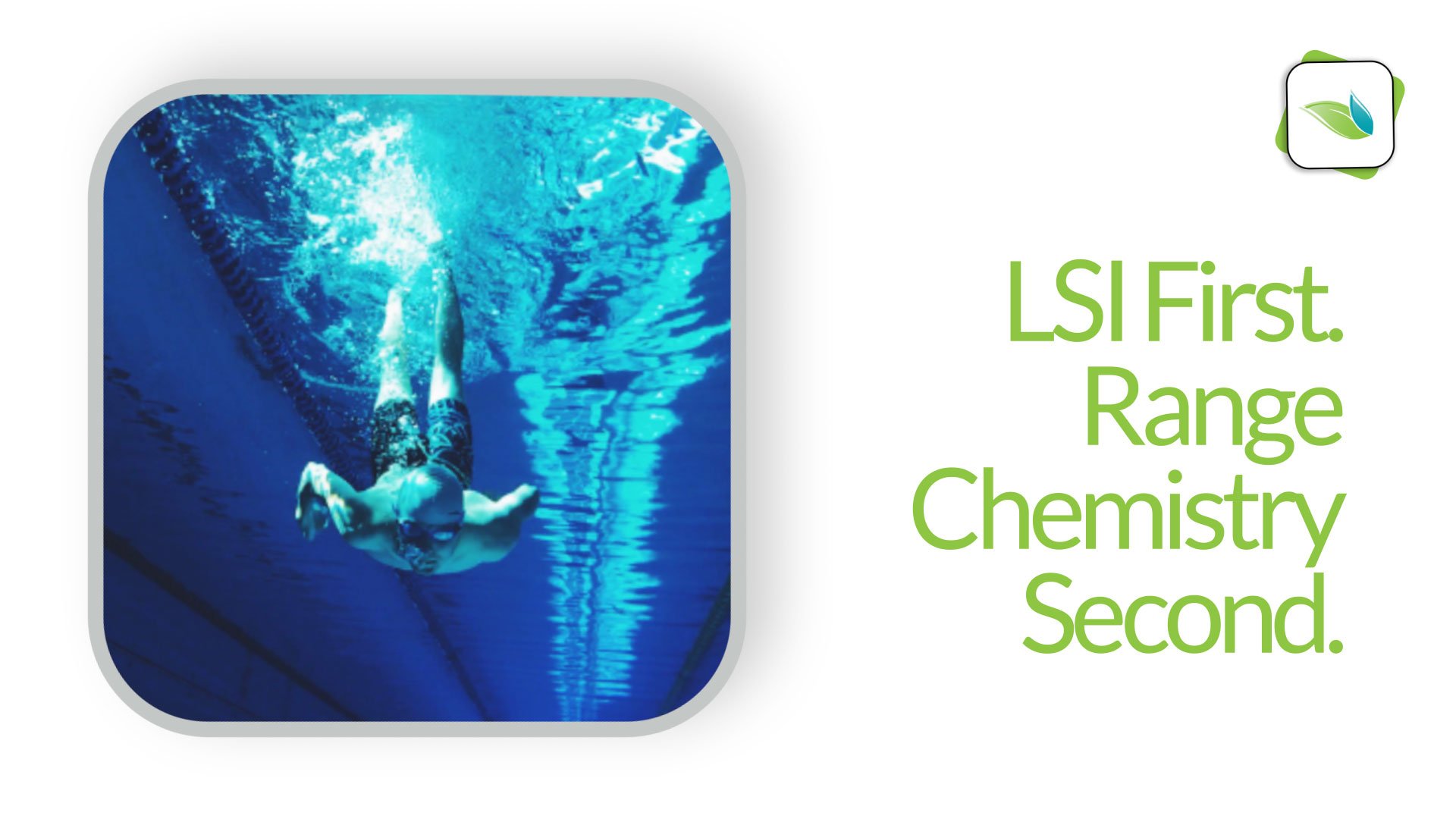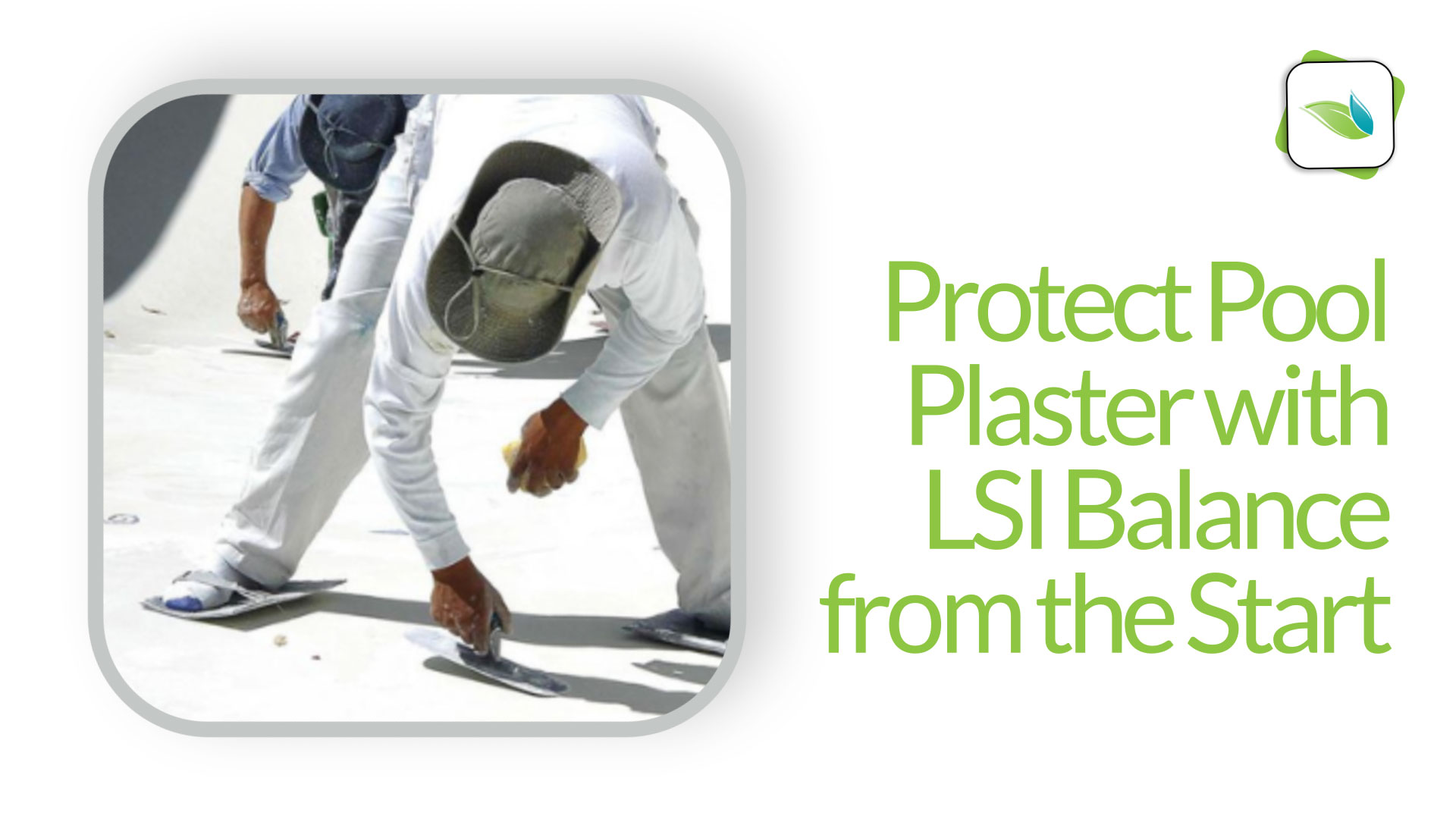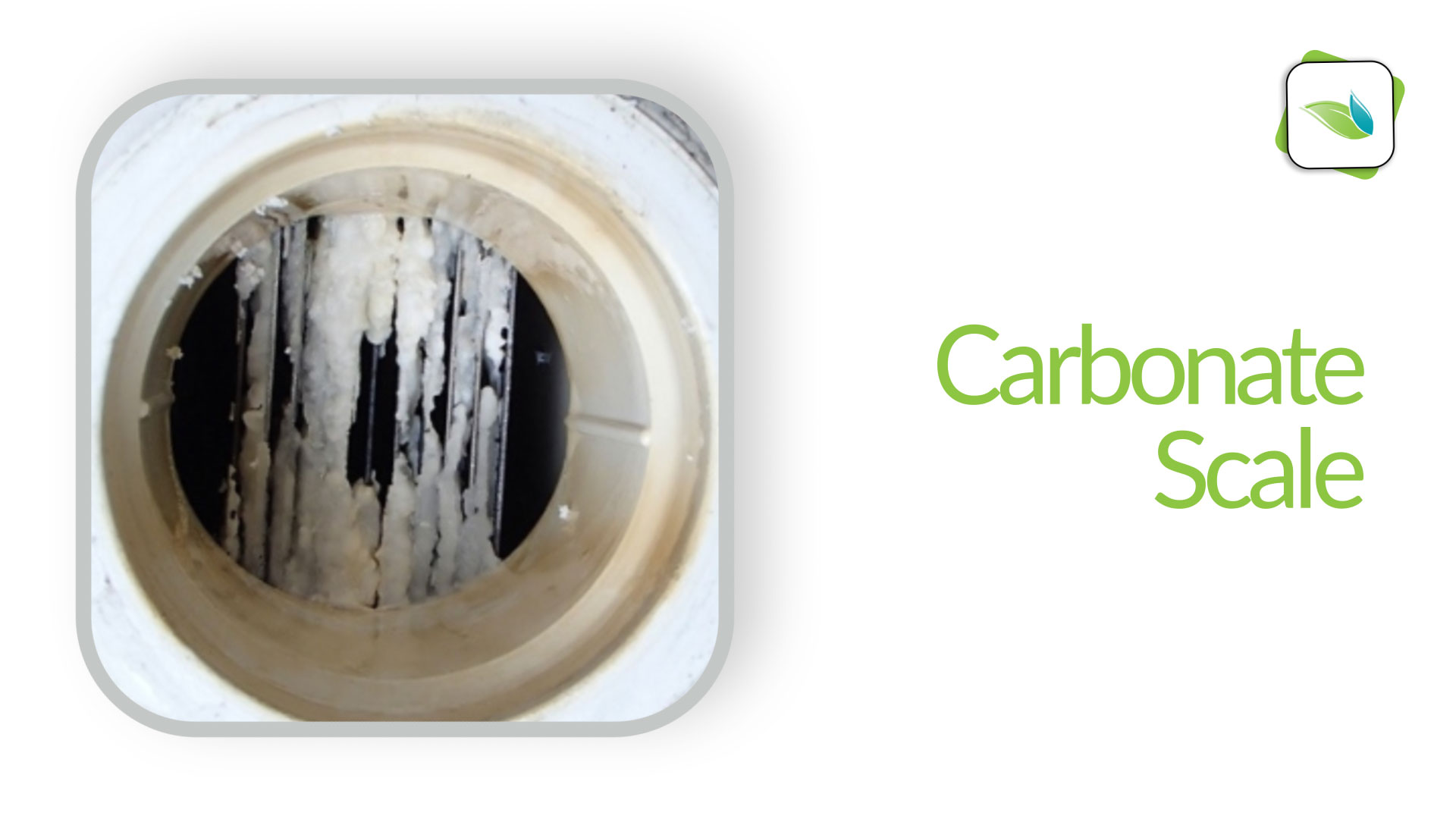LSI first, range chemistry second
What if range chemistry is the wrong thing to focus on when managing water? What if the ranges do not always apply, like in the winter? Theoretically, the textbook ranges for chemistry are ideal. But in reality, that's not always the case. In this article we will explain why we prioritize the Langelier Saturation Index (LSI) first, and range chemistry after that.





